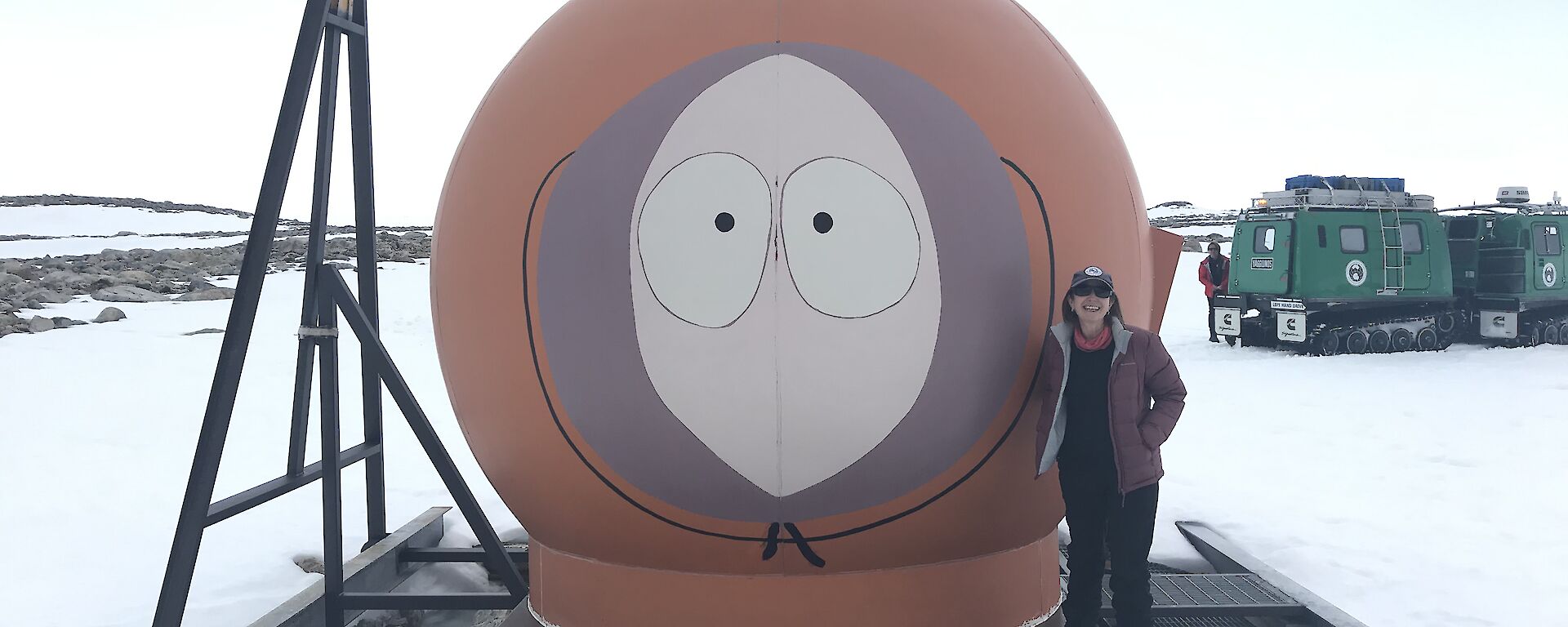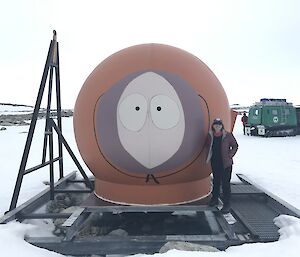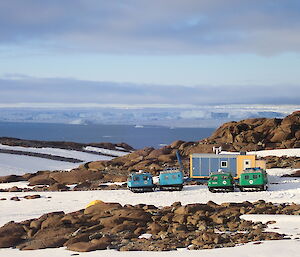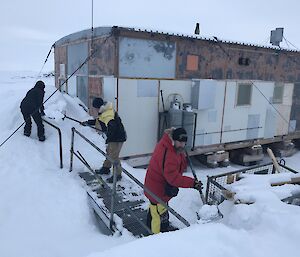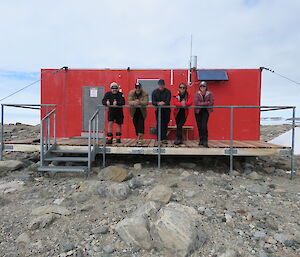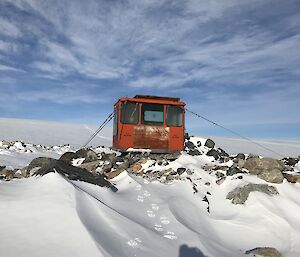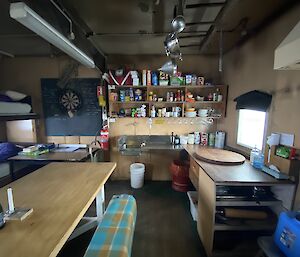One of the best expeditioner traditions down south is to spend a night or two at one of the field huts. This is referred to as going for a ‘jolly’, a British term for having a good time, and what fun and mischief have been had in the field huts over the years. Generally it amounts to overindulgence in cheese, chocolate and a well-earnt glass of wine or two.
Many friendships have been strengthened (or lost) over a game of Scrabble or cards, secrets shared, problems solved and the occasional piece of salacious gossip disclosed. Though there is a hut code: ‘What’s said in the hut, stays in the hut.’ Thank goodness the walls don’t talk!
At Casey we have four huts to choose from (five, if you count the quirky emergency shelter ‘Kenny’). Closest and probably the most popular due the large wood stove is at the abandoned Wilkes station. The station was build by the United States in 1967 and handed over to Australia two years later. It's a fascinating place to spend a day as you can still see remnants of the old buildings imbedded in the ice, and wander around looking at the discarded remains. The hut is very atmospheric, with old paraphernalia lining the room and infused with the smell of decades of wood smoke. A top 'jolly' memory for many of us would be wood-fired pizza at Wilkes.
Also close to station is Jack’s donga, a cute little hut with one of the world’s best loos with a view. Though it’s quite a compact hut, it punches above its weight for location. Perched above the Swain Island group, with a loo made from the cabin of an old 1950s excavator, it’s a great getaway when the sea ice is in and you can walk out to the islands.
Robbo’s hut is very popular, as its probably the most comfortable for a larger group, with a generous layout and the added bonus of an indoor loo (of sorts). There is also a spacious deck and on a mild summer's afternoon, it can’t be beat for some relaxation away from station life.
A rather long and noisy four-hour Hagglund drive from station, on the Browning Peninsula, is Browning hut. A long drive, but well worth it for the spectacular views across to the Vanderford Glacier. An added bonus in summer is a fabulous hike to see elephant seals in all their smelly, snorting, and wallowing glory.
Last, but no means least is the little Kenny hut. It doesn’t have the comfort of the other huts, but makes up for that in funky ambience. Referred to as an ‘apple’ because of its shape, it has basic cooking facilities and four bunks. A popular summer option is to sleep in a tent outside of Kenny and use the hut as a camp kitchen.
Once a year volunteers give the huts a birthday clean. Sleeping bags are changed out, along with pillows and mattress covers. Emergency food packs and medical kits are checked and restocked if necessary and everything given a thorough wipe down and clean ready for the following season.
All the huts have their charm and, like children, it’s hard to have favourites. But what they all have in common is comfort. Bunks with big cosy sleeping bags, cooking facilities, heating, shelter from the extreme Antarctic elements and chance to get to know our fellow expeditioners and share in our very special experience down south.
- Annette Fear (2021 Casey winter chef).

